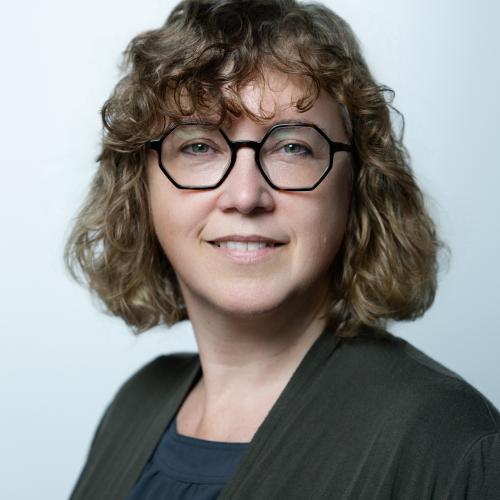

What happens when you give kids the opportunity to create their own smartphone apps? A developing interest in STEM, a boost in their critical thinking skills, and some really cool kid-created apps like "Jumpy Horses" and "Escape the World."
Those two titles are among the apps being created at the Douglass Branch Library in Champaign in a free six-week program that gives children a chance to explore, play, and eventually create their own apps, regardless of their level of experience. Recently featured in the Champaign-Urbana News Gazette, the app program gets high marks from the youth participants.
The program is part of the App Authors project led by Deborah Stevenson, professor and director of the Center for Children's Books (CCB), and iSchool professors Kate McDowell and Rachel Magee. The project is funded through a $248,205 grant from Institute of Museum and Library Services.
App Authors is a three-year project to develop curricula for app-building in school and public libraries. In the spring, the pilot program was pioneered in partnership with Champaign's Unit 4 schools at Kenwood Elementary School, and next year it will be repeated there and at the Douglass Branch, as well as expanded to include the Frederick County Public Libraries in Frederick, Maryland, and the Springfield Public Library in Springfield, Oregon. The third year will see the program repeated at those sites plus two to five new library venues, allowing the CCB to reach hundreds of children directly and refine a program that other libraries can adopt for their own use.
"Our first year is ending with a bang," said Stevenson. "The kids have been wonderful, and our partners have been great creative resources, as well as excellent support. We're looking forward to improving, expanding, and sharing with even more libraries next year."
This is the second phase of the CCB's Closing the App Gap work, which addresses the income-related disparity in young people's access to handheld technology. Access to technology plays a considerable role in determining career paths available to children, particularly paths in STEM fields, so it is a divide that needs to be breached. Experts predict there will be one million more programming jobs than programmers by the year 2020, yet many K-12 schools offer no programming opportunities at all.
For several years now, libraries have been working to close the gap—providing physical spaces that offer tools for exploration, play, and experimentation ranging from fab labs (fabrication labs) to hackerspaces to DIY crafting opportunities. App-building is another area in which libraries can create STEM learning spaces for young people, especially those who have limited access to technology at home.